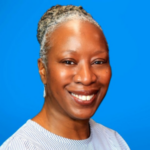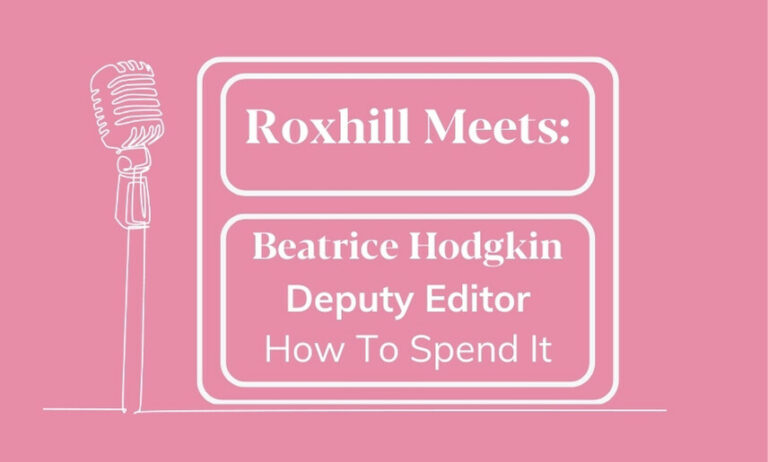We collected advice from journalists who advocate on the topic of diversity and discussed how to drive diversity the right way in the PR and Media industry in reflection of Black History Month
We had a webinar on Diversity, Equity and Inclusion – looking into the situation and issues and seeking answers on what PRs can do to improve in this area.

Leah Sinclair
Commissioning Editor & Freelance Writer
Previously Senior Digital Writer at the Stylist Magazine. She writes on dating but also focuses on lifestyle, home, food and drink and travel content.
Leah Sinlcair answers
Do you think matters of race are taken seriously enough in the media?
Leah: I think it depends on the type of media. A lot of the time, when it comes to issues regarding race, it is spearheaded by publications which kind of focus on those areas, so when you think about publications, e.g. where I worked, The Voice Newspaper, which is Britain’s first back owned newspaper, that was something we spearheaded and championed because it was something we catered for.
Publications and magazines that embrace diversity and have diversity and inclusion as their ethos and part of their brand do take those issues (race) seriously. But in those publications where this is not a priority, diversity is still lagging behind.
Which publications and broadcasting houses do you think of vaguely possibly getting something right, and which ones are still woeful?
Leah: I think the ones that get it right are few, so it’s easier to highlight those and a lot of them are not part of the mainstream media. There are a few platforms, some of them are legacy, some of them are new, emerging and coming up and again, those publications that have diversity in their ethos and it’s within their culture, within their staffing, who do have editors which are women of colour, and do have staff writers who are kind of raising them and teaching them and showing them the way.
Part of the issue is we’re relying upon the smaller publications or legacy publications. There are not many within the mainstream space that are doing diversity at that level.
Some of the publications I have worked at are predominantly women-based publications with editors of women of colour. It is amazing to be within that space, to see the progression, and something that has not been in the majority of the experiences I’ve had so far.
Diversity needs to be improved across the board within mainstream publications.
How can PRs make changes?
The level of representation you are bringing to that journal and making sure you’re displaying diversity through images, through clients you’re bringing forward, through the ideas you’re presenting to us (journalists).
And just making sure it is intrinsic to your brand and the brand you’re putting forward. For example, at Stylist, we speak to women across races and ages. When you present your ideas, ensure you understand the brand (Stylist) and what we are trying to build, what we are trying to do.
Publications that are run by people of colour don’t get the same level of opportunity as mainstream ones, so PRs can also reposition their focus. If you are trying to prioritise diversity, reach out to those niche publications as well.
Thinking back to the Black Lives Matter time period when I was freelancing, I have never been flooded with so many asking me to do stories around the topic, asking my opinion and thoughts… so journalists of colour can also feel trapped by their ethnicity.
Listen to our webinar to find out more.

Cheryl Cole
Previously the Editor at Diversity Q, now working as freelance Strategic Communications Editor and Diversity, Equity and Inclusion Specialist
Cheryl Cole answers
How did you get to Diversity Q?
Cheryl: Diversity Q is a platform we launched at the end of 2018 to provide businesses with a greater understanding of what diversity, equity and inclusion mean at the workplace and, to some extent, provide information and solutions they can use as a guide along their DEI journey.
What is diversity?
Cheryl: It is important we start at the beginning, so what is diversity equity and inclusion? D&I is really expansive, and it’s actually diversity, equity, inclusion belonging and equality or rolled into one, so it touches on all aspects of an organisation and employees’ experience.
I always say to people, think of DEI as the means to make the work environment better for everyone in it, and that starts with having a really inclusive culture, and that’s somewhere where people feel psychologically safe to be or say, speak up and be themselves.
Diversity is a range of human differences including, but not limited to, race, ethnicity, gender, and all the protected characteristics we also know about; it also includes the non-physical characteristics.It’s really important to note that certain differences such as gender, race class, and disability tend to have a more profound impact on a person’s work experience, hence why you see businesses place so much emphasis on those.
We measure diversity through representation, so the number of people who belong to a particular group. Diversity describes the makeup of employees, and it’s often a starting point for organisations when they’re on their D&I journey.
But then, while diversity answers who your employees are, it doesn’t necessarily talk about their work experiences the experiences they have when they turn up every day, and that’s when we begin to talk about equity and inclusion.
“We’ve come some way, but there is still so much more that organisations can do.”
How do PRs and journalists properly engage in this?
Cheryl: It starts with PRs and journalists properly engaged and understanding diversity, equity and inclusion and the impact it has on people in the workplace and on the organisation they are working for. We should be more willing to challenge this industry. If a company comes to us saying: We’re going to support X case, because this just happened. Ask them to think of their long-term commitment to this cause, ask them to think of their long-term strategy, and what they are actually doing within their own business to better and improve diversity, equity and inclusion.
As PRs or journalists, we should be questioning that organisation more, asking them how they are planning to back up their claims. If we come back in a year’s time, how are you going to say you’ve measured progress on what you’ve just done? If it’s a one-off initiative, that’s not likely to land very well with the general public because they will ask questions, especially the younger generation, who are a little bit more savvy out there, and they are asking much more questions of employees and businesses.
Hear more from Cheryl in this webinar recording.











